
Dragonfly
Dragonfly
Dragonfly
Children love dragonflies. Your parents and grandparents must have also played with them, chasing and catching them. But even though they are so familiar to us, there are many things we don’t know about them. How much do you know about dragonflies?
Dragonfly Basic Infomation
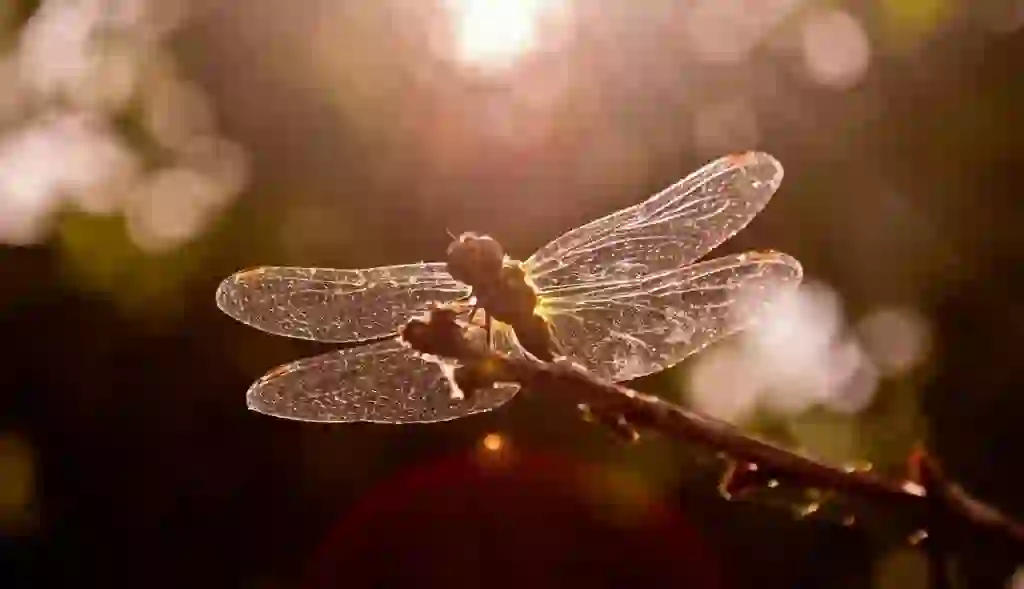
Insecta, Dicondylia, Paleoptera, Odonata. Length about 15mm-150mm. 世界中に約5000種、日本には約200種のトンボが生息しています。
Within the order Odonata, there are two suborders: Zygoptera, which have the same shape of forewings and hindwings, and Anisoptera, which have wider hindwings. Previously, there was another suborder called Anisozygoptera, which had features of both Zygoptera and Anisoptera, as the name implies. However, in recent years, Anisozygoptera has been often included in Anisoptera.
Dragonflies of Zygoptera have almost the same shape of forewings and hindwings, and a slender abdomen. Also, most species of Zygoptera fold their wings when they rest. On the other hand, dragonflies of Anisoptera have wider hindwings than forewings.
Dragonflies of Zygoptera have thin bodies, as their name suggests. Another interesting difference is their faces. Dragonflies of Anisoptera, such as hawkers, have large eyes and cool faces, but dragonflies of Zygoptera have small eyes that are separated on both sides, which make them look somewhat humorous.
Dragonflies of Anisoptera fly around in wide spaces, but dragonflies of Zygoptera tend to fly low and slowly. When mating, dragonflies of Anisoptera form a ring, but dragonflies of Zygoptera have a curved slender abdomen, so the connected part becomes heart-shaped.
Dragonflies lay their eggs in different places depending on the species. They oviposit their eggs in various places and ways, such as in water, in mud, inside the stems of aquatic plants, or by scattering them from the air.
The period until hatching also varies, from a few days for some species, to several months for others, and some even overwinter before hatching. The newly hatched larvae are called “prolarvae”, and they have a body like a small shrimp. Many of the prolarvae that hatch from eggs dropped in water molt before they completely emerge from the egg, and become first-instar nymphs. However, all the prolarvae that hatch from eggs laid inside plants outside of water, bounce around by themselves to reach the water if there is no water where they fall.
The first-instar nymphs that have molted once are called “naiads”. Naiads are small but formidable hunters. They have a long lower lip with pincers, which they usually fold under their head, but when prey such as bloodworms or minnows approach, they extend their lower lip in an instant and catch and eat the prey. In this way, naiads grow by molting between seven and 14 times, depending on the species.
Dragonflies undergo incomplete metamorphosis, so they do not become pupae like butterflies, but emerge from naiads. As the time of emergence approaches, the muscles of the naiad’s lower lip degenerate and they can no longer eat. They breathe through gills during their larval stage, but as emergence approaches, the spiracles on their thorax open, and they often stick their head and thorax out of the water.
In this way, the adult body is formed inside the naiad’s body. When the wing buds swell and the compound eyes become transparent, it is a sign that emergence is near. One day, the naiad climbs up to land by itself. Now, it is time for emergence! There are two types of dragonfly emergence: hanging emergence and standing emergence. They first pull out their thorax and head, then pause for a while (quiescence), and finally extract their abdomen. Right after emergence, their abdomen is short and their wings are small, but gradually they stretch their abdomen and expand their wings.
After emerging as dragonflies, they leave the water where they were born and fly away. Where they go and how far they travel depends on the species.
For example, Autumn darter flies to high mountains. Golden Flangetail and others spend their time in grasslands or fallow fields. There are also species that live among the undergrowth of forests, or on the leaves of deciduous trees near rivers.
The adult life of dragonflies can be divided into three stages: the prereproductive, or maturation, period, the reproductive period, and the postreproductive period. The prereproductive period is the immature stage before they engage in reproductive activities, and during this period, some species change their body color as they mature. Then, they enter the reproductive period and perform reproductive activities (mating and ovipositing). After that, they enter the postreproductive period, which is the time until the end of their life, similar to human retirement.
When the breeding season comes, dragonflies gather near the water. The males perch on leaves or branches near the shore, or fly over the water surface, waiting for females. When a female arrives, the male catches her and mates with her.
The male dragonfly has a sperm storage organ at the front end of his abdomen, and he transfers his sperm there beforehand by connecting his rear end to it. Then, he clasps the female’s head with his rear end, and secures her. The secured female connects her rear end to the male’s front end, and receives his sperm. At this time, the dragonfly couple forms a ring or a heart shape.
After that, the female starts ovipositing immediately. The males try to prevent their partners from being taken away by other males, and get involved in the female’s oviposition. Some species remain in tandem while the female lays eggs, or watch over the female’s oviposition behavior nearby.
Dragonfly eyes are compound eyes, made of 10,000 to 30,000 hexagonal eyes (ommatidia) that are clustered together. Each ommatidium captures an image, and they are sent to the brain and recognized as one picture. The upper part of the compound eye focuses on distant objects, so it can see far away better, while the lower part focuses on nearby objects, so it can see close up better.
Dragonfly eyes also have almost no blind spots, except for a small part in the back. They can see up, down, left, right, front and back almost equally. The upper part of the ommatidia catches the sun, while the lower part searches for prey. And they don’t miss any insects that move in the distance and hunt them down. However, they don’t see clearly and sharply. Their eyesight is very weak. But they have excellent motion vision, so they can catch and eat moving insects. And they also have very developed color vision, with 15 to 33 types of color sensors. They are sensitive to color differences and can even see ultraviolet light.
Dragonfly Q&A

Differences between Zygoptera and Anisoptera.
Dragonflies of Zygoptera have almost the same shape of forewings and hindwings, and a slender abdomen. Also, most species of Zygoptera fold their wings when they rest. On the other hand, dragonflies of Anisoptera have wider hindwings than forewings.
Dragonflies of Zygoptera have thin bodies, as their name suggests. Another interesting difference is their faces. Dragonflies of Anisoptera, such as hawkers, have large eyes and cool faces, but dragonflies of Zygoptera have small eyes that are separated on both sides, which make them look somewhat humorous.
Dragonflies of Anisoptera fly around in wide spaces, but dragonflies of Zygoptera tend to fly low and slowly. When mating, dragonflies of Anisoptera form a ring, but dragonflies of Zygoptera have a curved slender abdomen, so the connected part becomes heart-shaped.
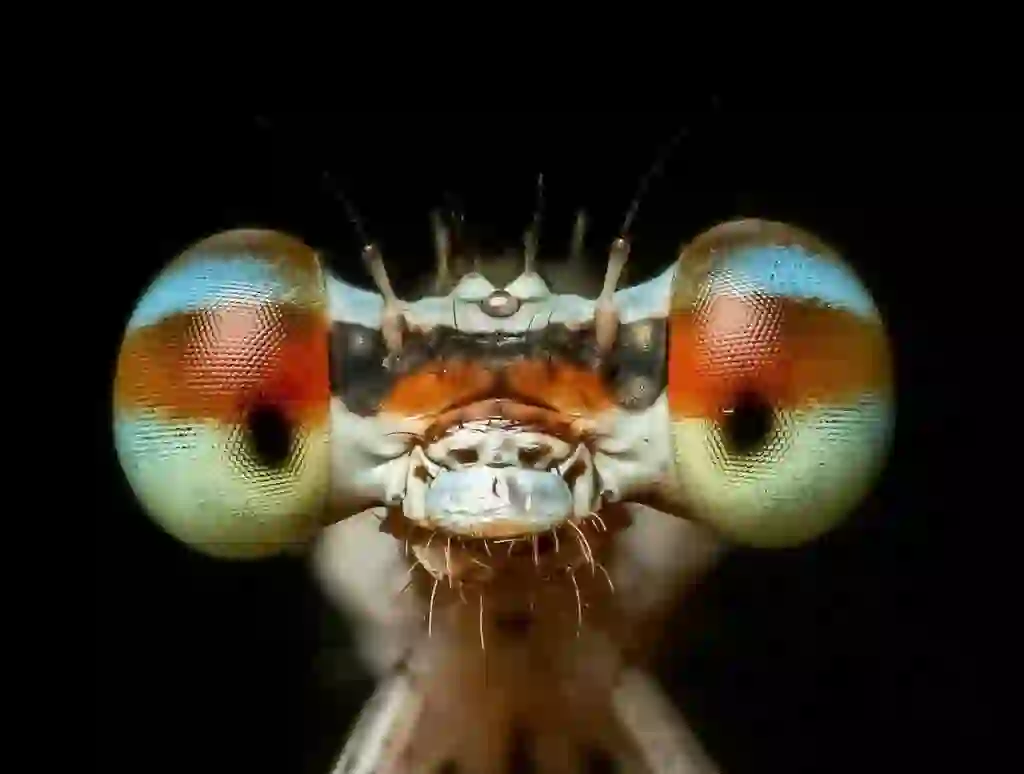
The life of a dragonfly.
Dragonflies lay their eggs in different places depending on the species. They oviposit their eggs in various places and ways, such as in water, in mud, inside the stems of aquatic plants, or by scattering them from the air.
The period until hatching also varies, from a few days for some species, to several months for others, and some even overwinter before hatching. The newly hatched larvae are called “prolarvae”, and they have a body like a small shrimp. Many of the prolarvae that hatch from eggs dropped in water molt before they completely emerge from the egg, and become first-instar nymphs. However, all the prolarvae that hatch from eggs laid inside plants outside of water, bounce around by themselves to reach the water if there is no water where they fall.
The first-instar nymphs that have molted once are called “naiads”. Naiads are small but formidable hunters. They have a long lower lip with pincers, which they usually fold under their head, but when prey such as bloodworms or minnows approach, they extend their lower lip in an instant and catch and eat the prey. In this way, naiads grow by molting between seven and 14 times, depending on the species.
Dragonflies undergo incomplete metamorphosis, so they do not become pupae like butterflies, but emerge from naiads. As the time of emergence approaches, the muscles of the naiad’s lower lip degenerate and they can no longer eat. They breathe through gills during their larval stage, but as emergence approaches, the spiracles on their thorax open, and they often stick their head and thorax out of the water.
In this way, the adult body is formed inside the naiad’s body. When the wing buds swell and the compound eyes become transparent, it is a sign that emergence is near. One day, the naiad climbs up to land by itself. Now, it is time for emergence! There are two types of dragonfly emergence: hanging emergence and standing emergence. They first pull out their thorax and head, then pause for a while (quiescence), and finally extract their abdomen. Right after emergence, their abdomen is short and their wings are small, but gradually they stretch their abdomen and expand their wings.
After emerging as dragonflies, they leave the water where they were born and fly away. Where they go and how far they travel depends on the species.
For example, Autumn darter flies to high mountains. Golden Flangetail and others spend their time in grasslands or fallow fields. There are also species that live among the undergrowth of forests, or on the leaves of deciduous trees near rivers.
The adult life of dragonflies can be divided into three stages: the prereproductive, or maturation, period, the reproductive period, and the postreproductive period. The prereproductive period is the immature stage before they engage in reproductive activities, and during this period, some species change their body color as they mature. Then, they enter the reproductive period and perform reproductive activities (mating and ovipositing). After that, they enter the postreproductive period, which is the time until the end of their life, similar to human retirement.
When the breeding season comes, dragonflies gather near the water. The males perch on leaves or branches near the shore, or fly over the water surface, waiting for females. When a female arrives, the male catches her and mates with her.
The male dragonfly has a sperm storage organ at the front end of his abdomen, and he transfers his sperm there beforehand by connecting his rear end to it. Then, he clasps the female’s head with his rear end, and secures her. The secured female connects her rear end to the male’s front end, and receives his sperm. At this time, the dragonfly couple forms a ring or a heart shape.
After that, the female starts ovipositing immediately. The males try to prevent their partners from being taken away by other males, and get involved in the female’s oviposition. Some species remain in tandem while the female lays eggs, or watch over the female’s oviposition behavior nearby.
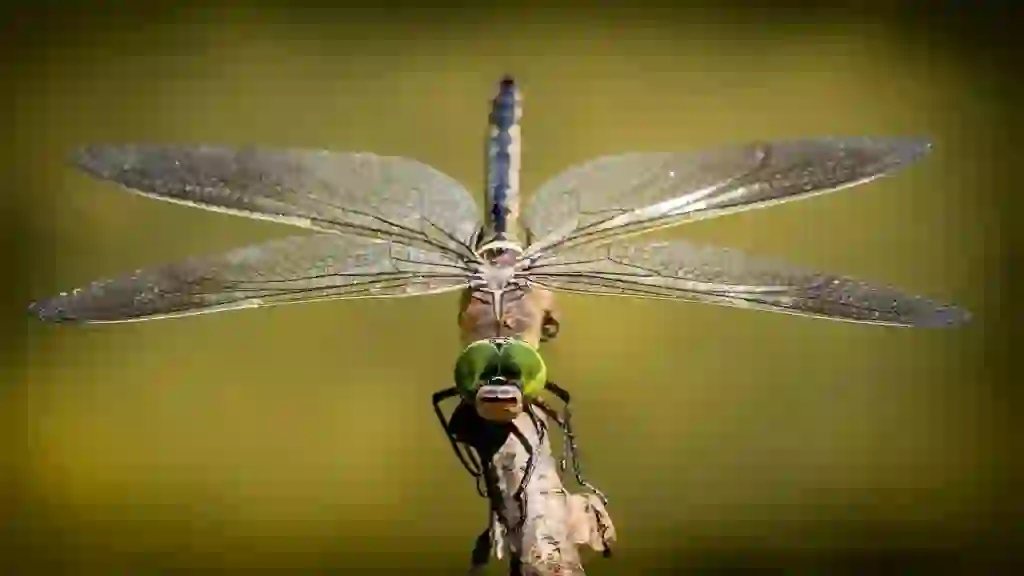
Dragonfly eyes.
Dragonfly eyes are compound eyes, made of 10,000 to 30,000 hexagonal eyes (ommatidia) that are clustered together. Each ommatidium captures an image, and they are sent to the brain and recognized as one picture. The upper part of the compound eye focuses on distant objects, so it can see far away better, while the lower part focuses on nearby objects, so it can see close up better.
Dragonfly eyes also have almost no blind spots, except for a small part in the back. They can see up, down, left, right, front and back almost equally. The upper part of the ommatidia catches the sun, while the lower part searches for prey. And they don’t miss any insects that move in the distance and hunt them down. However, they don’t see clearly and sharply. Their eyesight is very weak. But they have excellent motion vision, so they can catch and eat moving insects. And they also have very developed color vision, with 15 to 33 types of color sensors. They are sensitive to color differences and can even see ultraviolet light.
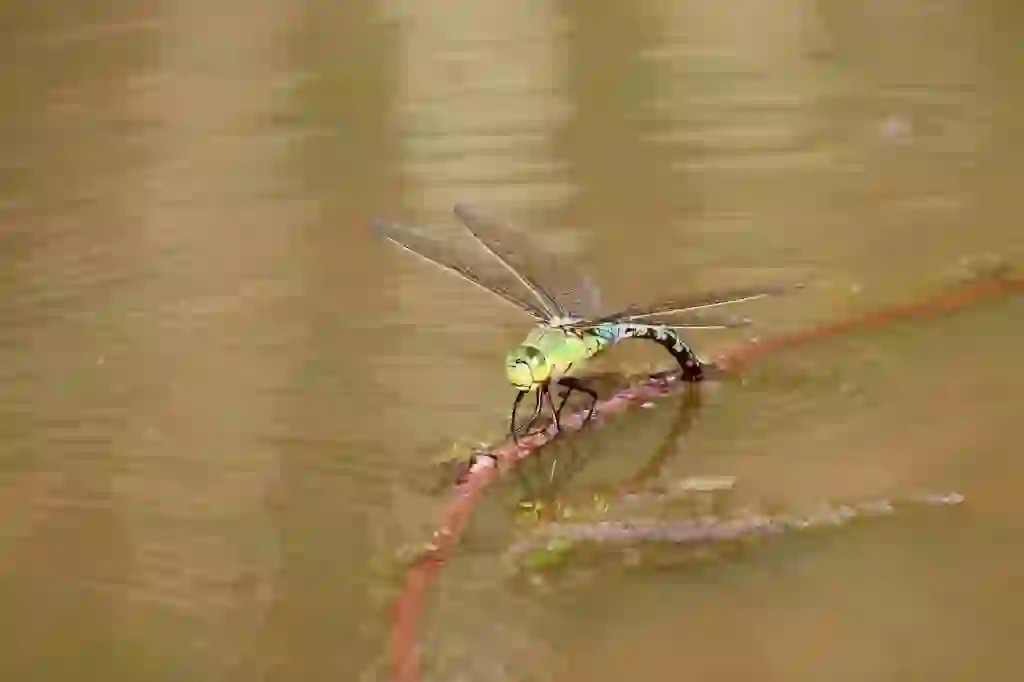
Q.What is the origin of the dragonfly's name?
In Japan, dragonflies are called Tonbo. But why are they called Tonbo? In this article, we will introduce the origin of this name. In ancient Japan, Tonbo were called Akitsu or Akizu. Even now, in some dialects, Tonbo are called Akitsu, Akizu, Akezu, Akesu, Akejo, etc. There are various theories about how they came to be called Tonbo, but the main ones are as follows.
「Tobiha」→Tobiha→Tonbau→Tonbo. 「Tobuho」→Tobuho→Tonbo. 「Tobubou」→Tobubou→Tonbo. ‘Danburi’, meaning wetland or swamp→Donbu→Tanbu→Tonbo. ‘Touhou’, meaning the eastern island of Akitsushima→Tonbo. ‘Tsuburi’, meaning to fall from a high place and do a somersault→Toburi→Tonbo.
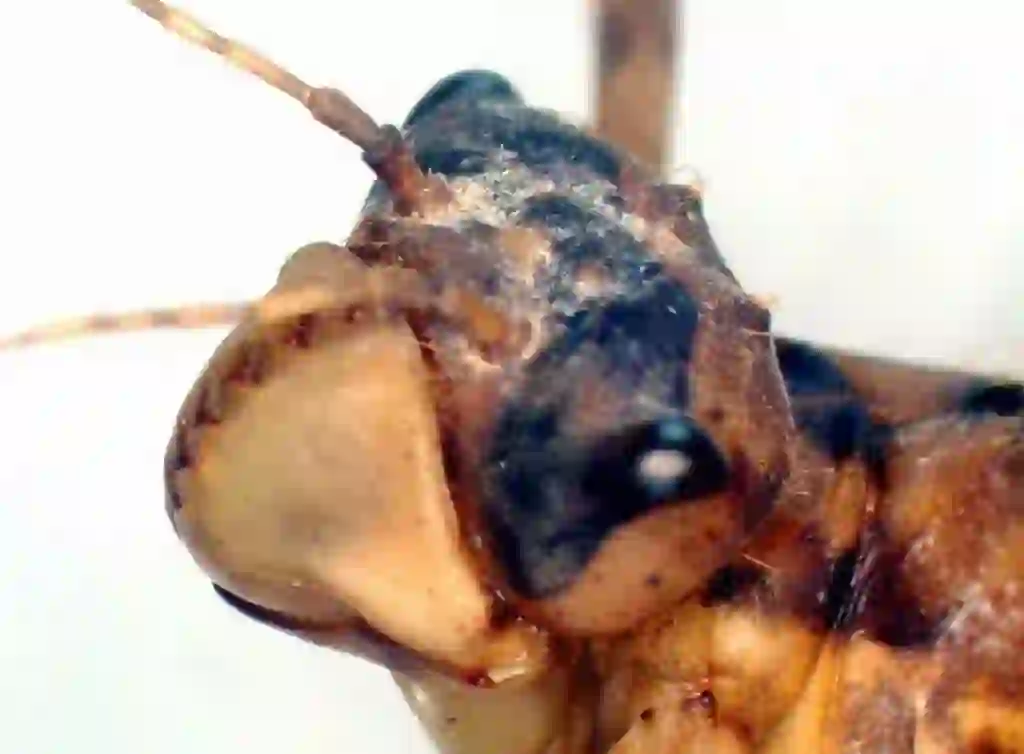
Q.Where are dragonflies? Why do they live there?
Dragonflies live near places where water is close, such as rice paddies, ponds, lakes, marshes, rivers, and streams. Different types of dragonflies live in each place, adapted to the environment. For example, the Autumn darter (Sympetrum frequens) lays eggs in rice paddies when water is filled, and hatches into larvae (nymphs), which eat water fleas and grow.
Eventually, the dragonflies become adults, and in summer they go to highlands to avoid the heat. In autumn, they come back to the rice paddies and lay eggs again. That’s why you see a lot of dragonflies in autumn.
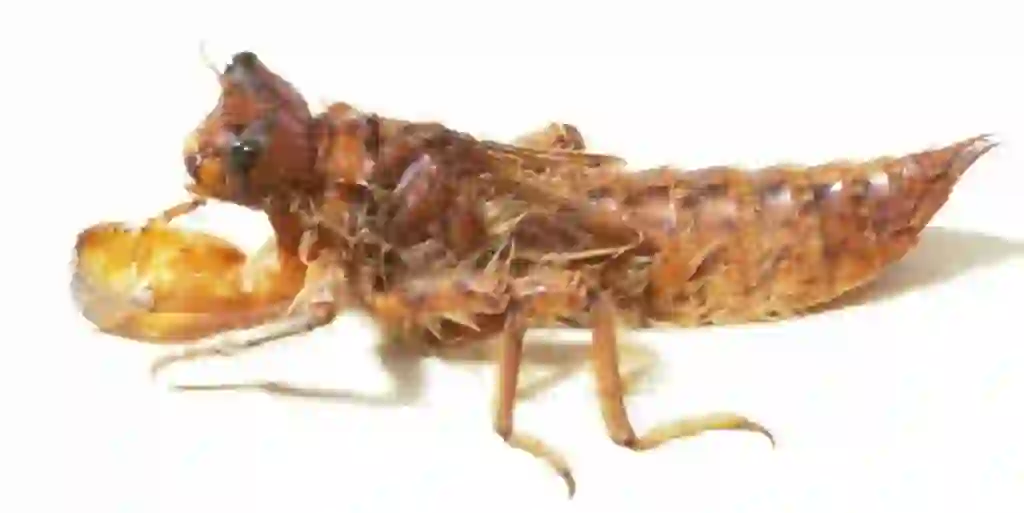
Q.What do dragonflies eat?
Dragonflies are carnivorous, and they catch and eat flying insects such as mosquitoes, flies, and butterflies in the air. Dragonflies use their legs like a basket to catch their prey. Their legs have many spiny hairs that hold the prey firmly and do not let go. Then they bite and eat the prey with their sharp mandibles. They can even eat prey that are as big as themselves.
Dragonflies are often eaten by spiders, but there is also a dragonfly that eats spiders, called the Habiroito dragonfly (Onychogomphus japonicus). When the Habiroito dragonfly finds a spider web, it backs away while facing the spider, and then flies out at high speed, capturing the spider with its legs. Also, the Golden-ringed dragonfly (Anotogaster sieboldii) is one of the strongest insects in the world, along with hornets and mantises, and it eats anything that flies smaller than itself. It even eats hornets, which are its natural enemies. But sometimes, it gets stung by the hornet it caught and dies.
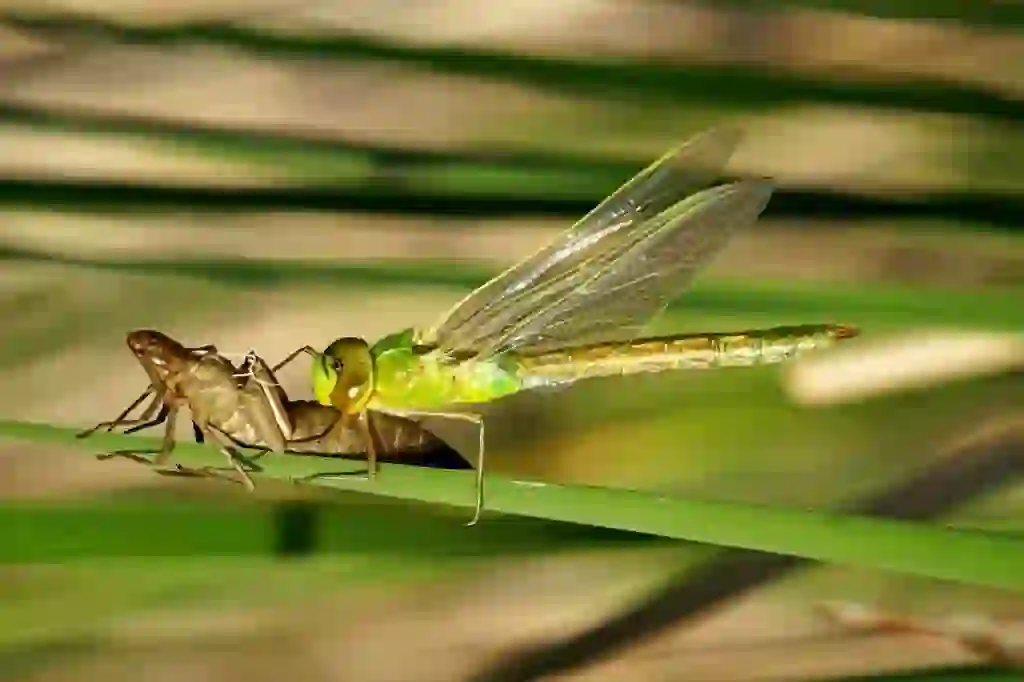
Q.What kinds of dragonflies are there?
There are about 200 species of dragonflies living in Japan. Some of the common dragonflies that you can see are the following.
<Anisoptera> Autumn darter. (Libellulidae), Golden-ringed dragonfly. (Cordulegastridae), Small Dragonhunter. (Gomphidae), Lesser Emperor. (Aeshnidae), Common skimmer. (Libellulidae), Scarlet skimmer. (Libellulidae)
<Anisozygoptera> Epiophlebia superstes. (Epiophlebiidae)
<Zygoptera> Ebony Jewelwing. (Calopterygidae), Common Spreadwing. (Lestidae)
Some of the dragonflies that have beautiful colors are the following.
<Anisoptera> Crimson marsh glider. (Libellulidae)
<Zygoptera> Common bluetail. (Coenagrionidae), Paracercion hieroglyphicum. (Coenagrionidae), Wandering Midget. (Lestidae), Black-tailed Yellow Damselfly. (Coenagrionidae), White-legged damselflies. (Platycnemididae)
Some of the dragonflies that are endangered are the following.
<Anisoptera> Libellula angelice. (Libellulidae), Orthetrum poecilops miyajimaense. (Libellulidae), Migrant hawker.(Aeshnidae), Sympetrum gracile. (Libellulidae)
<Zygoptera> Mnais costalis. (Calopterygidae)
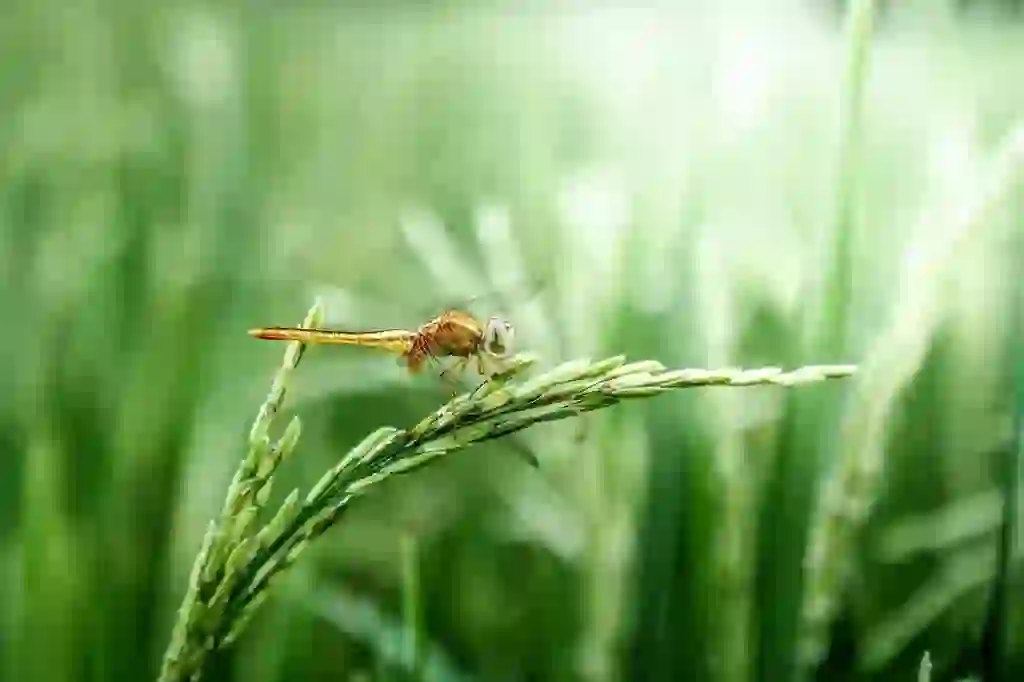
Q.Why do dragonflies perch on the tips of branches and poles?
Dragonflies are cold-blooded animals, so when the temperature drops in autumn, they try to raise their body temperature by basking in the sun. At that time, they perch on places like the tips of branches, where they can adjust the angle of their body and the sunlight to expose as much of their body surface as possible to the sun.
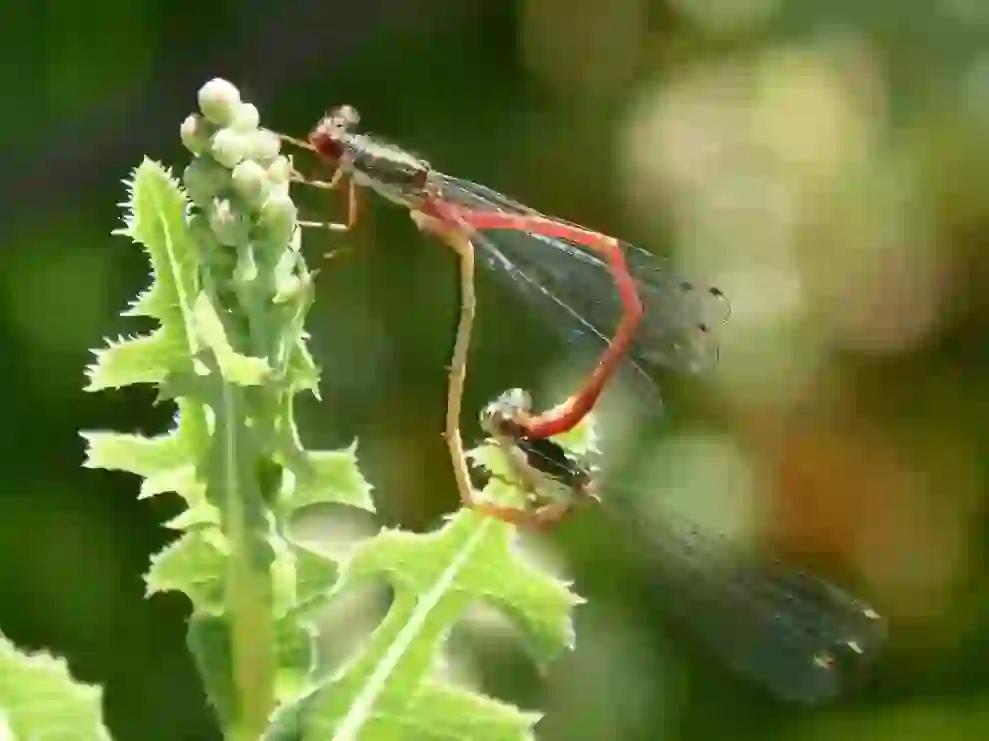
Q.What is the smallest dragonfly in the world?
The smallest dragonfly in the world is the scarlet dwarf (Nannophya pygmaea), which has a body length of about 17mm to 21mm. It is widely distributed in the tropical regions of Southeast Asia, and it also lives locally in Honshu, Shikoku, and Kyushu in Japan, but its numbers are declining.
It is designated as a natural monument of Kyoto Prefecture, and it is a cute dragonfly with a bright red color for males, and a black and yellow striped pattern for females. Its body length is almost the same as the diameter of a one-yen coin.
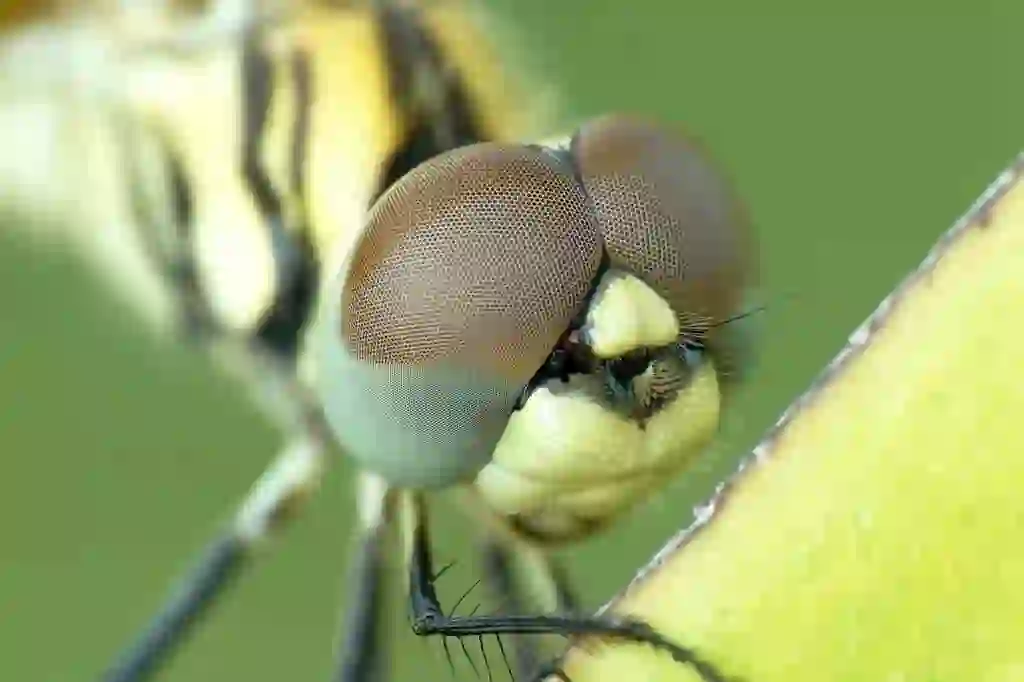
Q.What is the biggest dragonfly in the world?
The largest dragonfly in the world is the emperor dragonfly (Petalura ingentissima) in the suborder Anisoptera. It lives in the tropical rainforest of northeastern Australia, and has a body length of about 13 cm and a wingspan of about 15 cm.
The largest dragonfly in the suborder Zygoptera is the Rhyothemis plutonia. It can exceed 15 cm in body length. Its abdomen is so long that it is unbalanced compared to its wings. There is a theory that it evolved this way to lay eggs in the base of the leaves of pineapple relatives in the tropical rainforest. The largest dragonfly in Japan is the giant darner (Anax guttatus). It has a strong bite and can prey on hornets. It also flies fast, reaching speeds of up to 70 km/h.
Furthermore, the largest dragonfly that ever existed on Earth was the Meganeura. It was a kind of primitive dragonfly that lived in the forests of the Carboniferous period (311 to 282 million years ago). It had a wingspan of 60 to 75 cm, and even its larva, called naiad, was about 30 cm long.
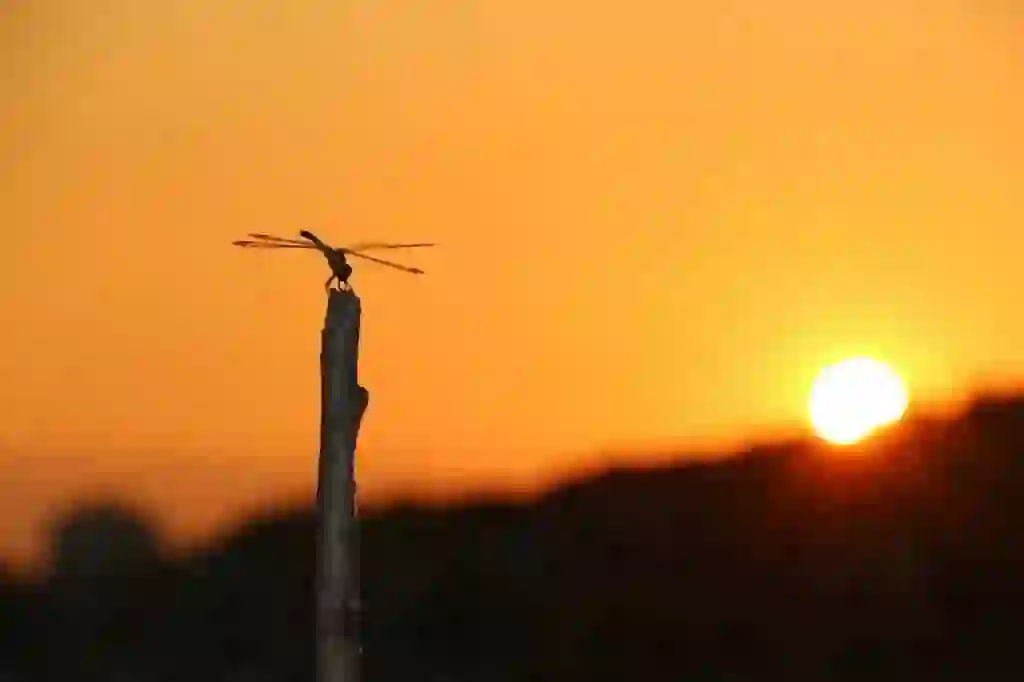
Q.How do dragonflies breathe?
Dragonfly larvae, called naiads, breathe with gills. The gills of the dragonfly suborder Anisoptera are located inside the rectum, which is near the anus, and they take in oxygen and expel carbon dioxide by sucking in and ejecting water from the tip of their abdomen. They can also use this system to jet out water forcefully from their abdomen tip and swim quickly.
The larvae of the dragonfly suborder Zygoptera have three thin gills (caudal lamellae) at the tip of their abdomen, and they breathe with them, but they cannot jet out water. They swim by bending their body from side to side. When the naiads are close to emerging, the spiracles on their chest open and they start to breathe through them. Dragonflies have one pair of spiracles on each side of their middle and hind chest. Because insect blood does not have hemoglobin, it cannot carry oxygen. Therefore, insects take in air through the spiracles and distribute it throughout their body with tubes called tracheae, and they take in oxygen directly from the air flowing through the tracheae.
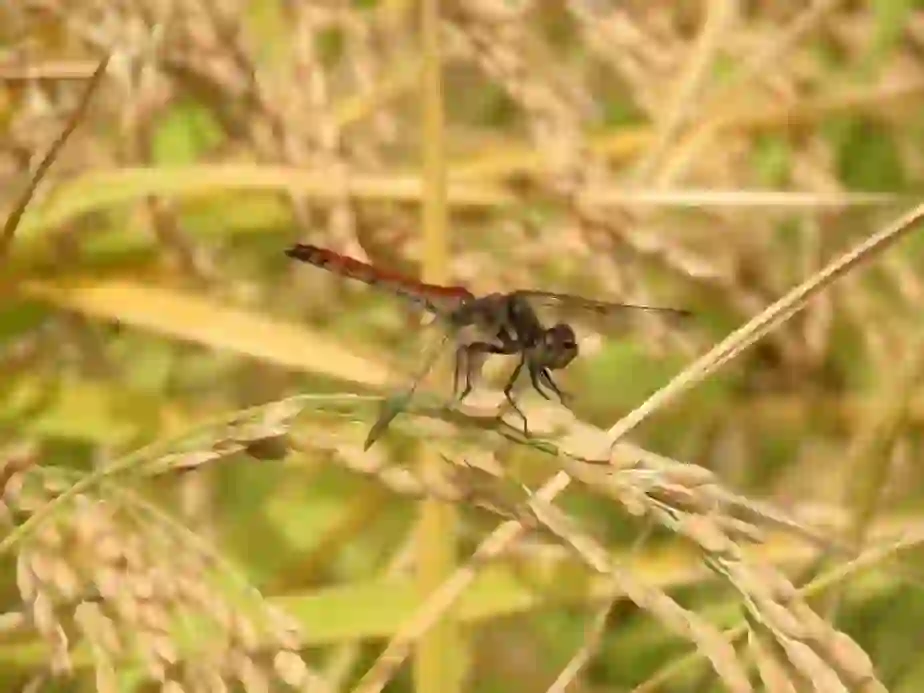
Q.What are the patterns on the wings of dragonflies for?
Dragonfly wings have beautiful patterns that look like stained glass. These patterns are made by veins that run across the wings like a net. The veins act as a framework for the wings. The wings have a narrow part called a node and a pattern called a stigma. The node plays a big role in making the dragonfly’s agile movements when flying. The stigma also plays a role in reducing irregular vibrations when flying at high speed.
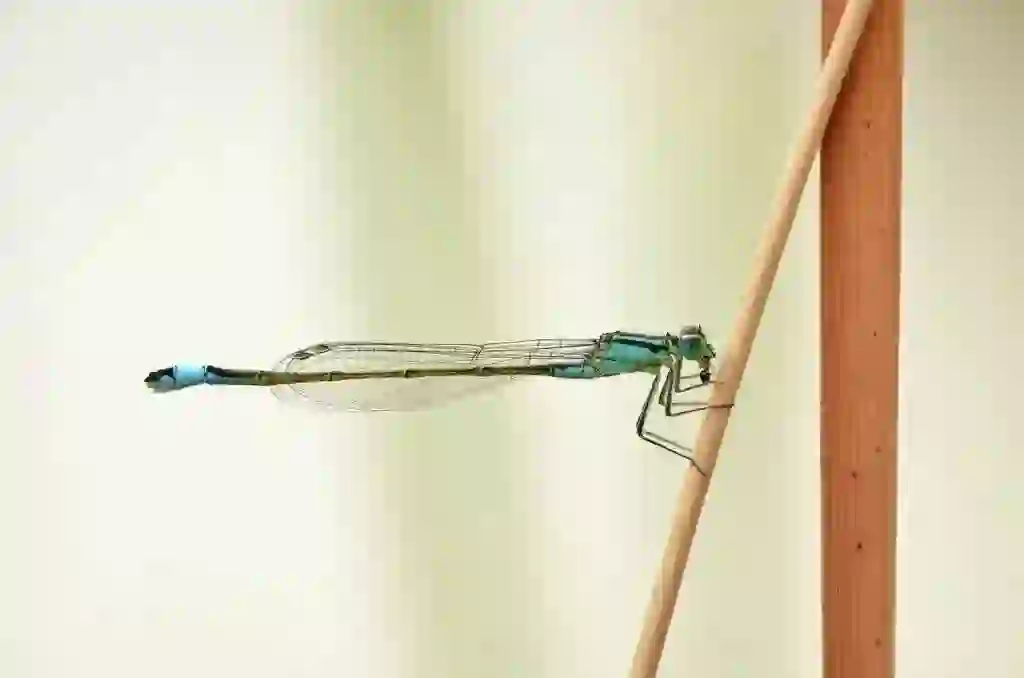
Q.How fast can dragonflies fly?
Dragonflies can fly at incredible speeds depending on the species. The fastest one is said to be the green darner. It usually flies at about 12.5 km/h, but its maximum speed can reach up to 100 km/h. The giant darner’s maximum speed is 70 km/h. It’s amazing that they can fly as fast as a speeding car. Not only are they fast, but they can also perform various flights. Dragonflies can go straight up, dive down, hover in the air, change direction abruptly, turn around, and even fly backwards for a short time. Why can they do such flights? It’s because dragonflies have a chest divided into three parts, and the middle and back parts are thick and developed. This allows them to move their four wings separately and use each wing freely.
Moreover, dragonflies’ wings are thin and soft, so they can change the shape of their wings according to their flying style. This enables them to flap their wings in various ways. And they can flap their wings 20 to 30 times per second. And there is one more thing that is amazing about dragonflies’ flying ability. It’s their legs. Actually, dragonflies’ legs act as a “flight switch”. When their legs leave the grass, their wings start moving, and when their legs touch the grass or something else, their wings stop moving.
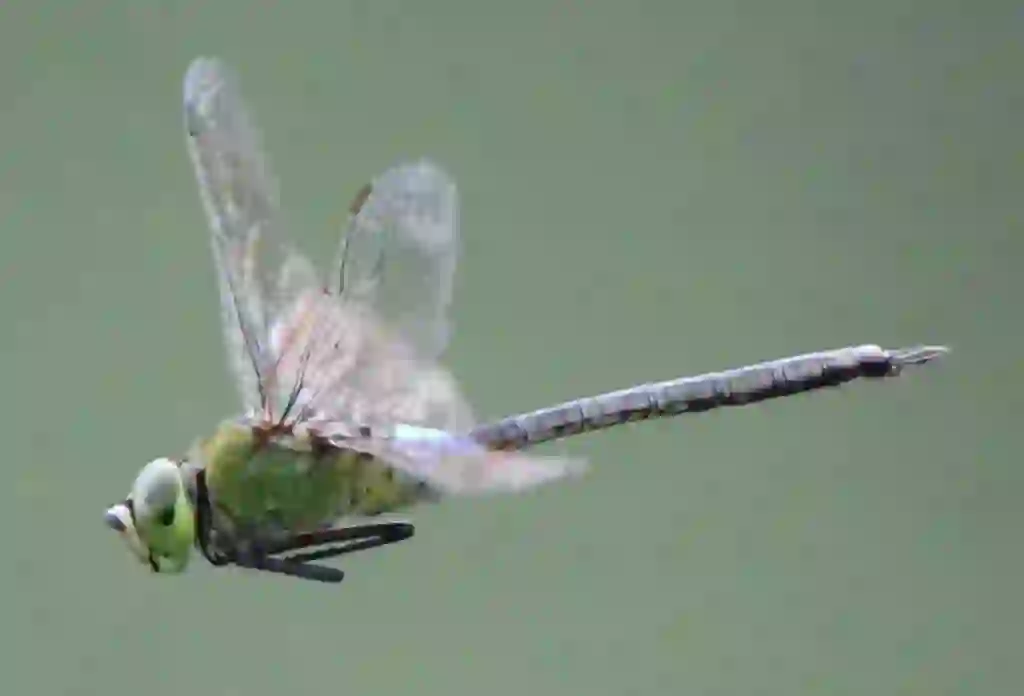
Q.Is it true that there are dragonflies that cross the sea?
Yes, it’s true. Wandering Gliders and tramea virginia can fly for thousands of kilometers, and they come to Japan from faraway southern countries across the sea. They can fly such long distances because they can glide like a glider without flapping much, catching the wind with their wide wings.
Also, they have very fragile bodies that are not muscular like the giant darner, but this is thought to be because they sacrificed their body strength and reduced their weight to fly long distances.
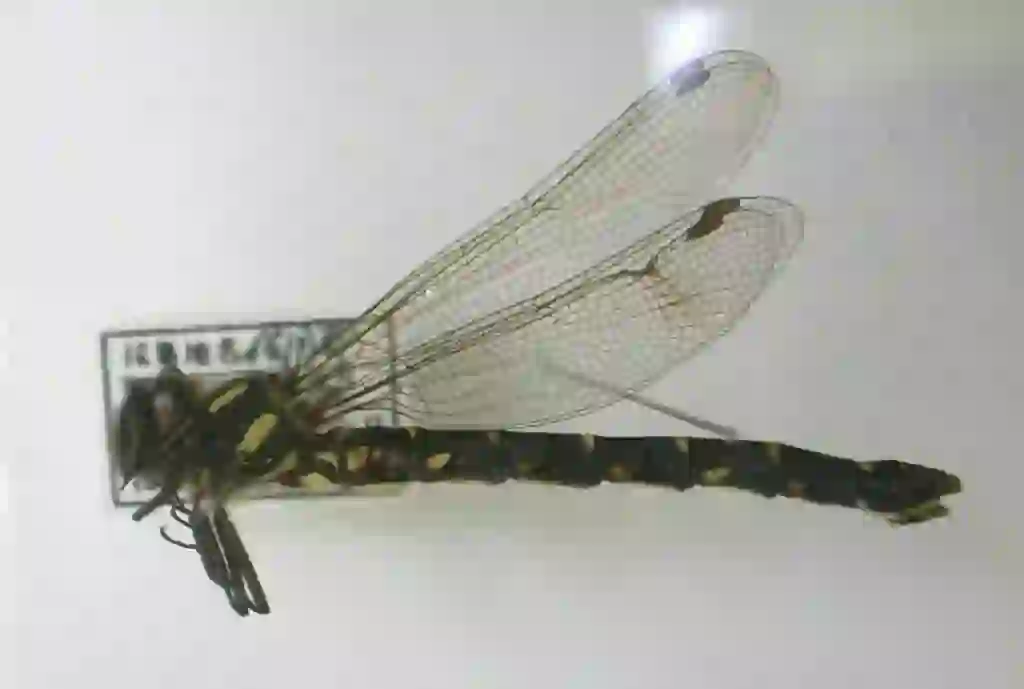
Q.How to catch dragonflies?
When catching a flying dragonfly, use a net. Dragonflies have a wide field of vision, so it’s hard to catch them from the front or the side. But if you aim at them from directly behind, they have a blind spot and it’s relatively easy to catch them.
When catching them with your bare hands, aim at a resting dragonfly. Approach it gently from below with your index and middle fingers in a scissors shape, and grab its wings without hurting them. After catching it, observe the dragonfly’s body closely. Dragonflies have thin and fragile necks, so be careful not to let their heads hit hard objects like the net frame, or apply strong impact, or spin their eyes too much. Their heads might come off.
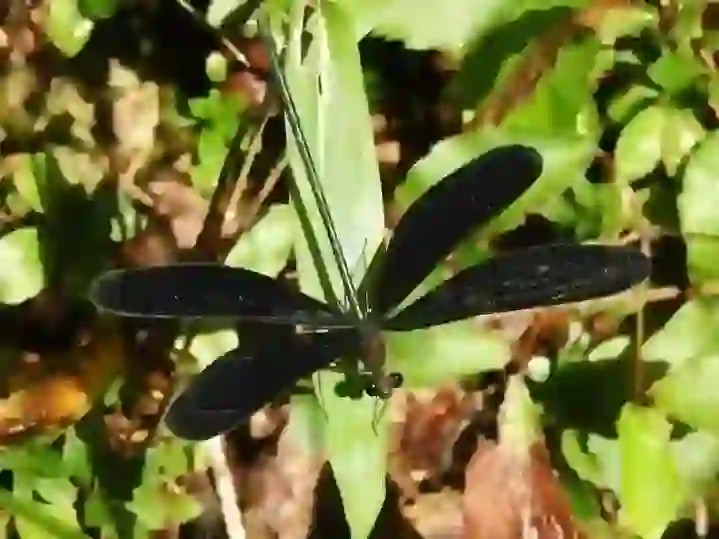
Q.Can dragonflies be kept?
You can raise dragonfly larvae (nymphs) and let them emerge as adult dragonflies. But we recommend that you release the adult dragonflies after observing them. That’s because it’s difficult to keep adult dragonflies. Dragonflies live near water, fly around in a wide space, and eat flying insects, so you have to create that environment for them. If you really want to keep them, the points are to provide them with water and perches, make a large space for them to fly around, and give them live insects such as flies and grasshoppers.

Would you like to become a part of the 'Animalbook.jp'?
Turn your knowledge into Q&A and share it with the world. ※Publication will be activated after purchase. Let's share information together!
Dragonfly Type of List
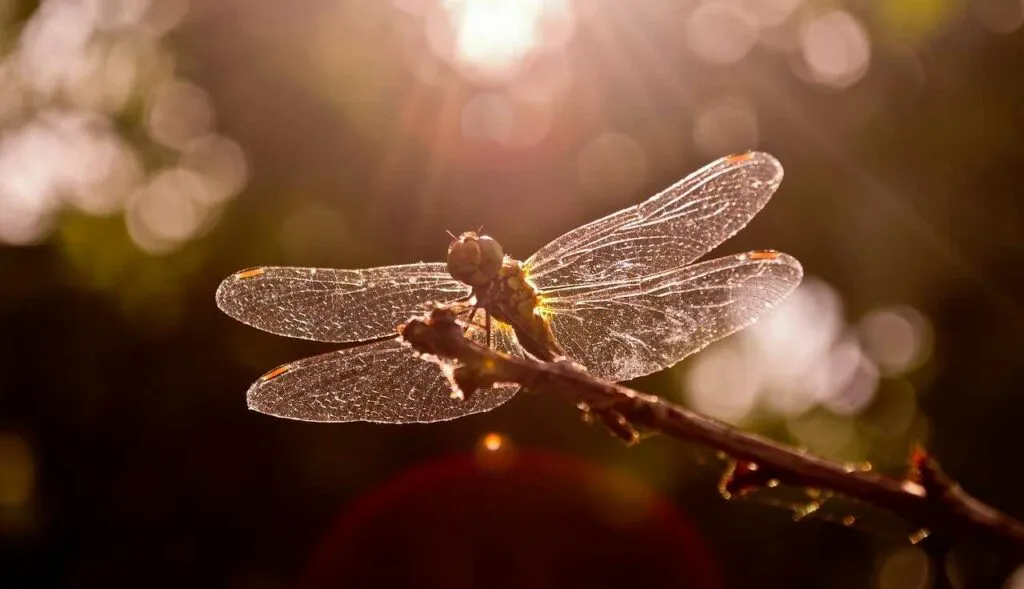
- Dragonfly
Information
Congratulations! You are the first commenter!

Create Your Favorite List!
Dragonfly
Save the animals you love! Build your own list to quickly revisit your favorites later.

Would you like to leave a comment?
※Please note: This is for the purchase of rights to post comments within the article.
Find Your Favorites!
Our shop offers a unique and attractive selection of goods themed around various animals.
Dragonfly References
Dragonfly Introduction of media used
出典:https://www.pexels.com/ja-jp/photo/3121396/

出典:https://pixabay.com/images/id-3620001/

出典:https://pixabay.com/images/id-1131638/

出典:https://pixabay.com/images/id-3456317/

出典:https://pixabay.com/images/id-5326430/

写真提供:「神戸のトンボ」様 この画像は、著作者に掲載許可をいただいたものです。許可なく転載することを禁止します。

写真提供:「神戸のトンボ」様 この画像は、著作者に掲載許可をいただいたものです。許可なく転載することを禁止します。

出典:https://pixabay.com/images/id-5226629/

出典:https://pixabay.com/images/id-2551460/

出典:https://pixabay.com/images/id-2492875/

出典:https://pixabay.com/images/id-1846809/

出典:https://pixabay.com/images/id-531586/

出典:https://pixabay.com/images/id-4529740/

出典:https://pixabay.com/images/id-1154181/
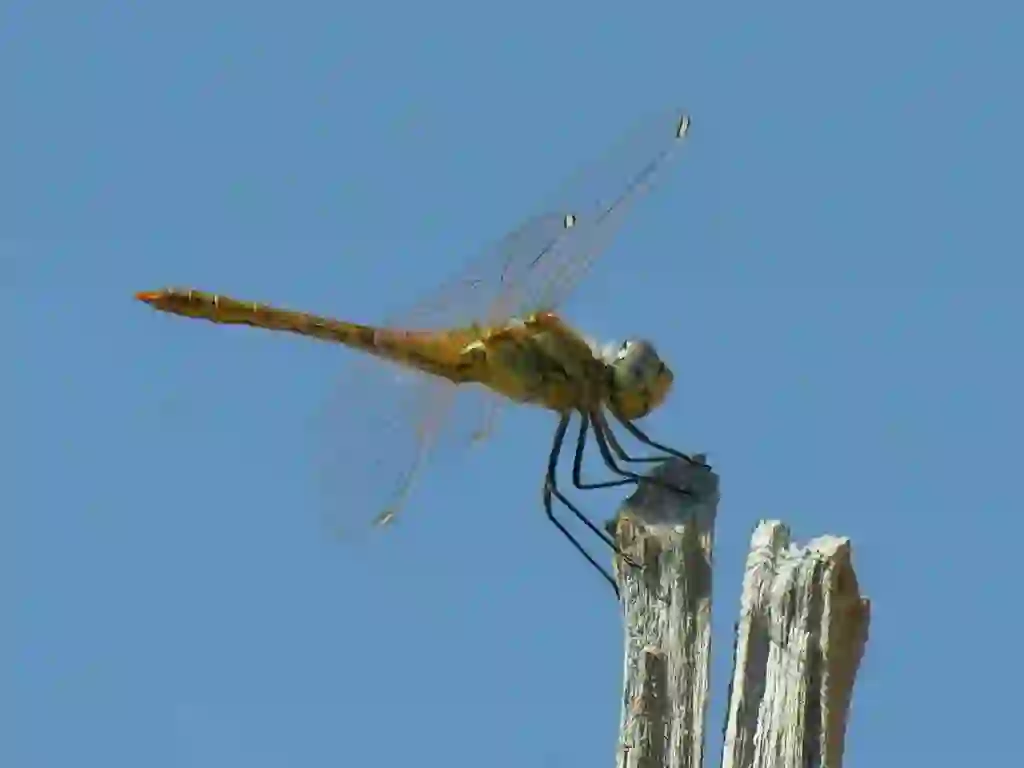
出典:https://pixabay.com/images/id-2046257/
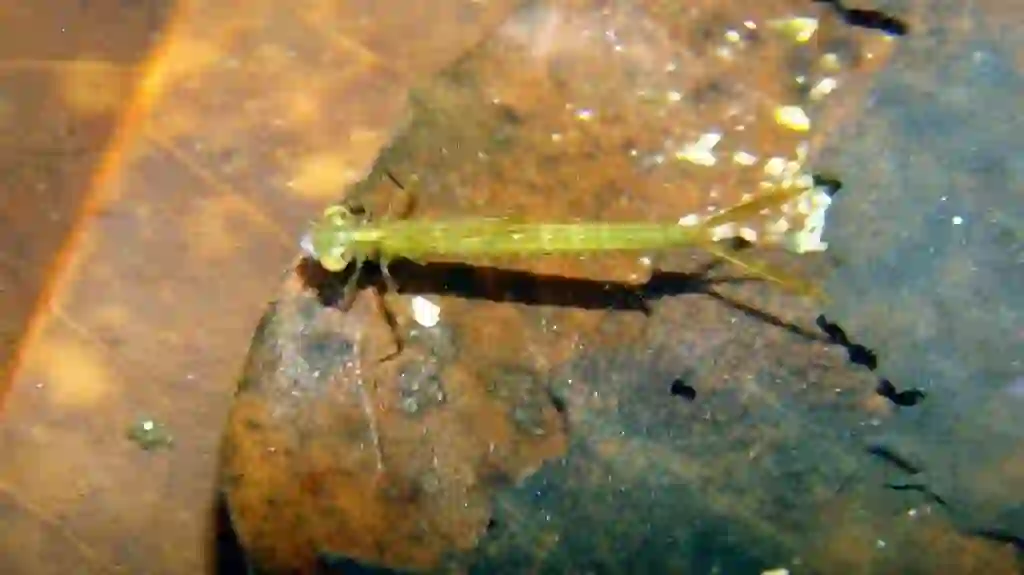
写真提供:「神戸のトンボ」様 この画像は、著作者に掲載許可をいただいたものです。許可なく転載することを禁止します。
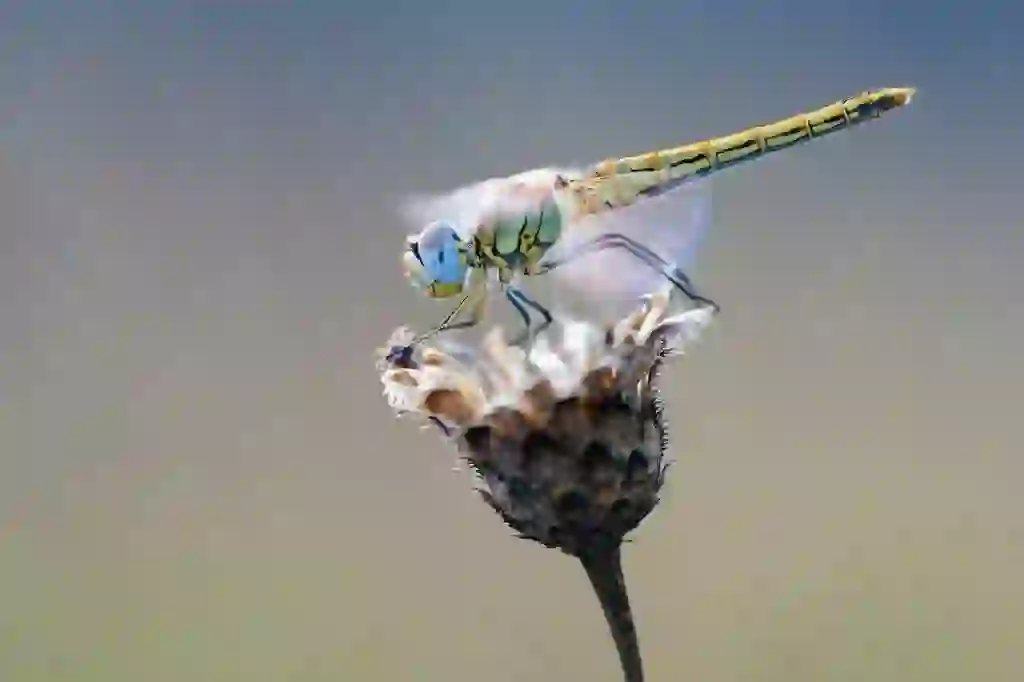
出典:https://pixabay.com/images/id-2186186/
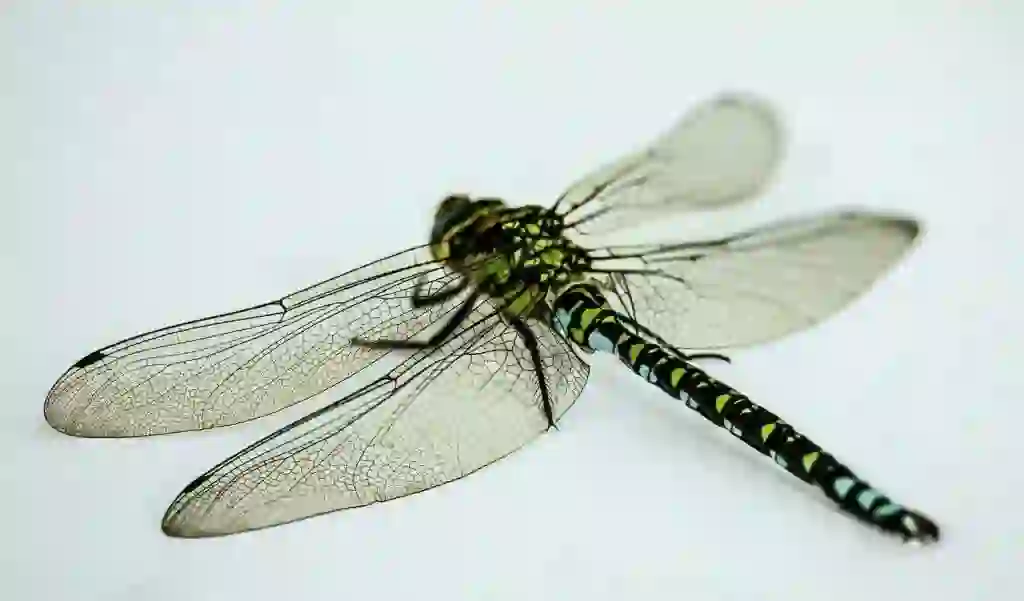
出典:https://pixabay.com/images/id-944178/
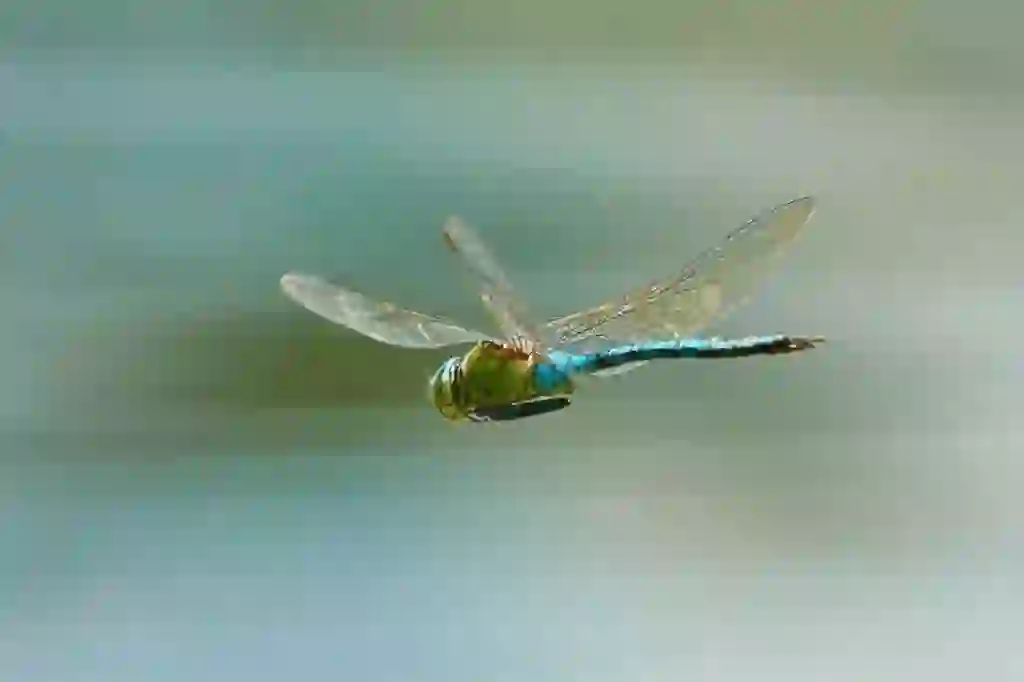
出典:https://pixabay.com/images/id-3736197/
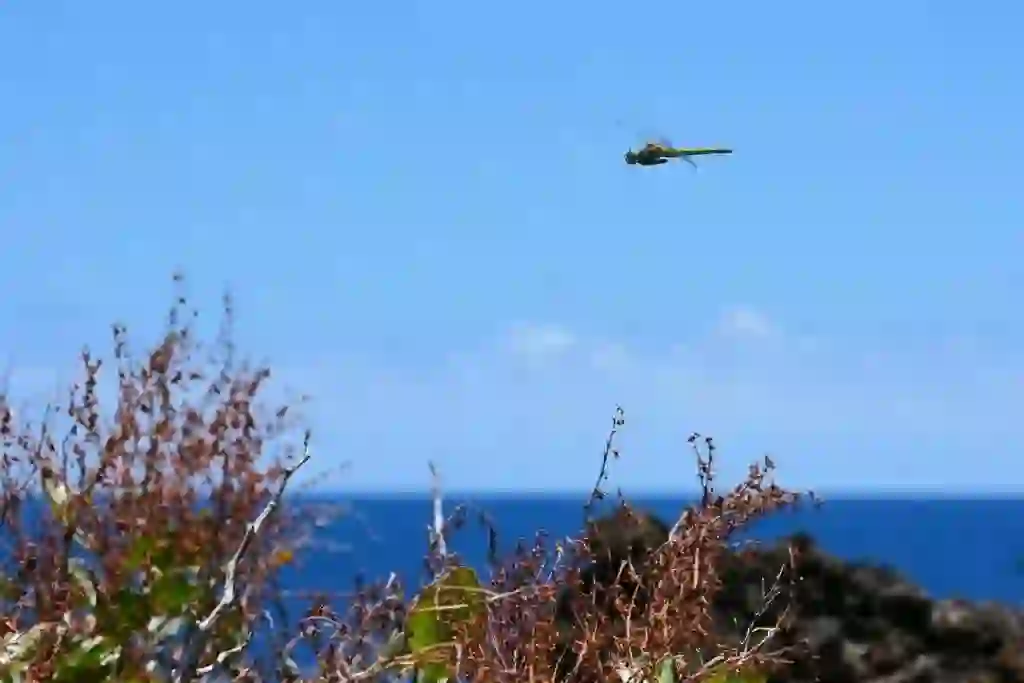
出典:https://pixabay.com/images/id-2371075/
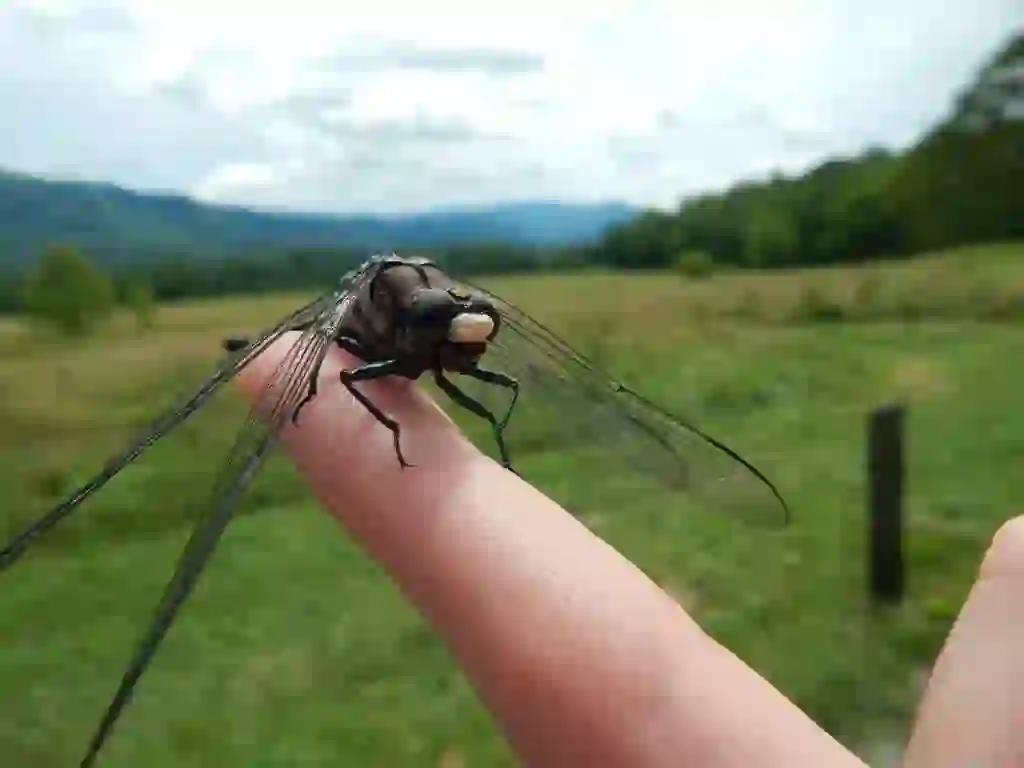
出典:https://pixabay.com/images/id-6108504/
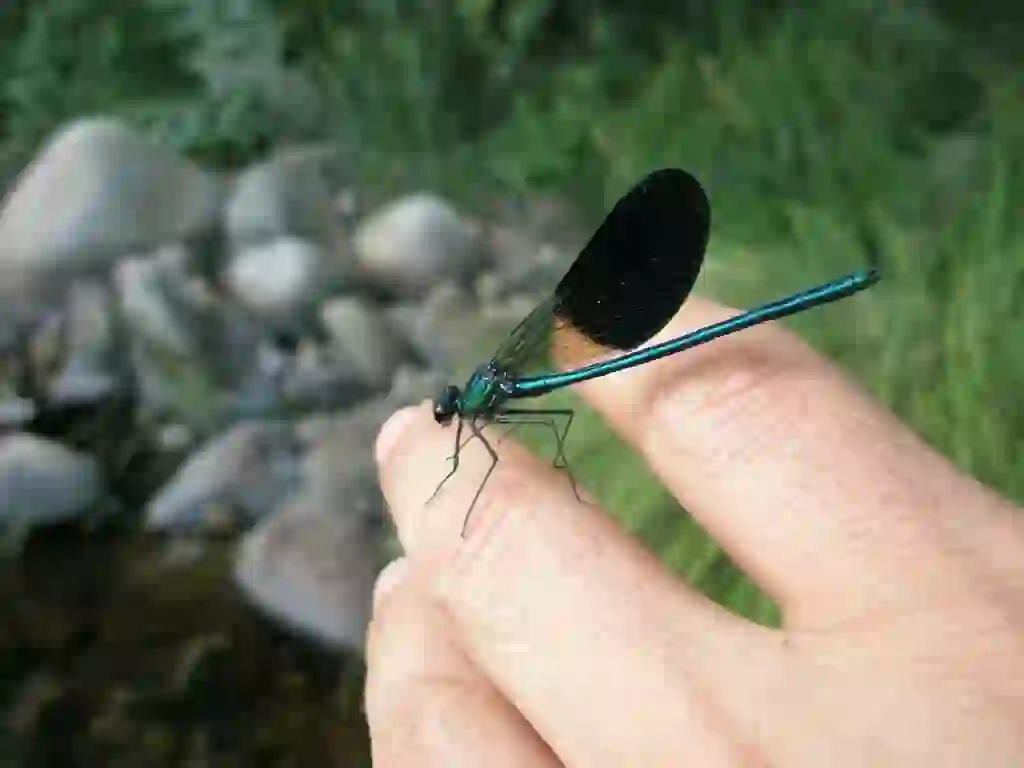
出典:https://pixabay.com/images/id-165148/

Help Enrich Our Animalbook.jp with Your Media!
We are constantly looking to expand and enrich our Animalbook.jp with amazing photos and videos of animals. If you have any media that you'd like to share, please contribute and help us showcase the beauty and diversity of the animal kingdom. Your submissions will be credited and featured in our encyclopedia, reaching a wide audience of animal lovers.

























